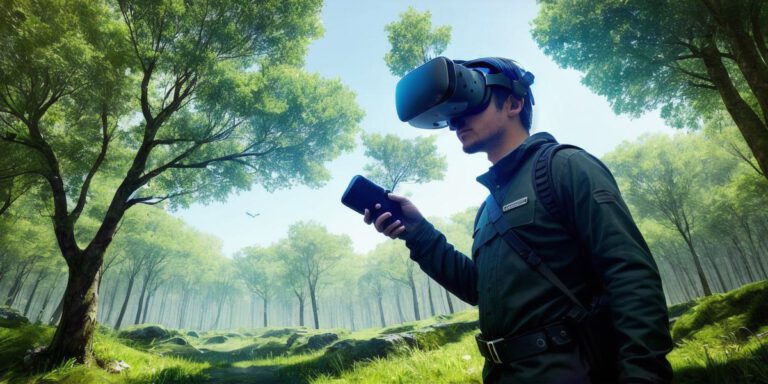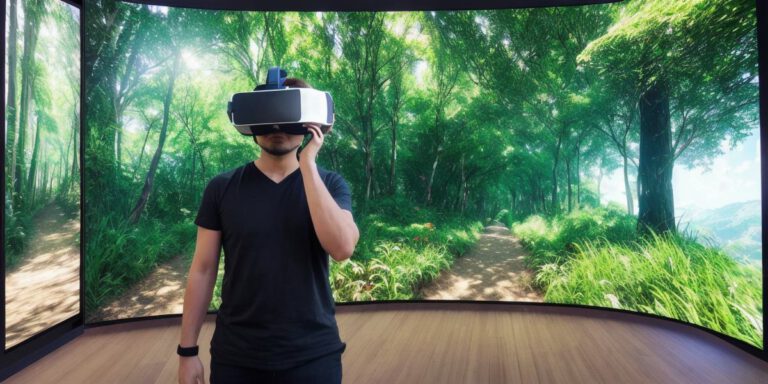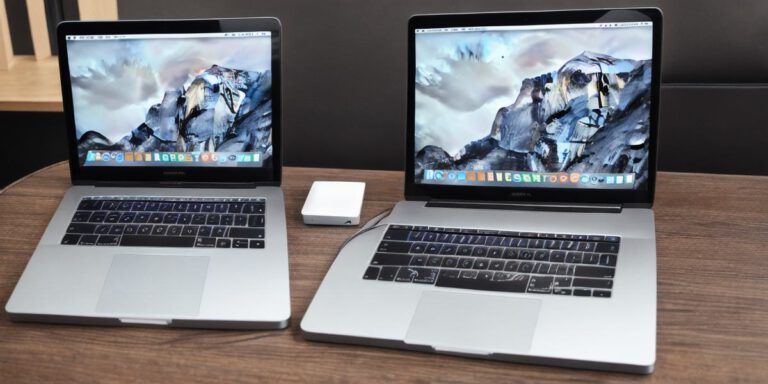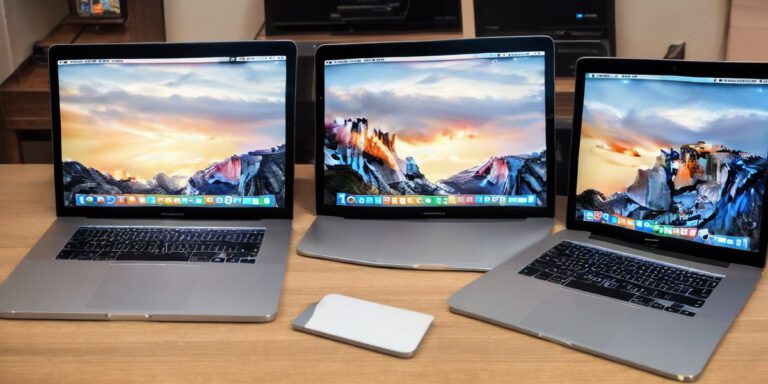“Revolutionizing Real Life: The Surprising Applications and Benefits of VR”

Virtual reality (VR) technology has been revolutionizing the gaming industry for years, but its potential extends far beyond entertainment. From healthcare to education, VR is being used in a variety of surprising applications that are transforming real life. In this article, we will explore some of the most exciting and innovative uses of VR and highlight the numerous benefits it brings.
Healthcare
One of the most promising applications of VR is in healthcare. It can be used for therapy, training, and simulation. For example, doctors can use VR to simulate surgeries and practice their skills in a safe environment. Patients can also benefit from VR therapy, which has been shown to be effective in treating conditions such as PTSD, anxiety disorders, and chronic pain. In addition, VR can be used for telemedicine, allowing doctors to remotely treat patients using VR headsets and other devices.
Education
Another area where VR is making a big impact is education. It can be used to create immersive learning experiences that engage students and make learning more fun. For example, history students can explore ancient ruins or battlefields in 3D, while science students can take virtual field trips to the moon or inside the human body. VR can also be used for language learning, allowing students to practice speaking and listening skills in a realistic environment.
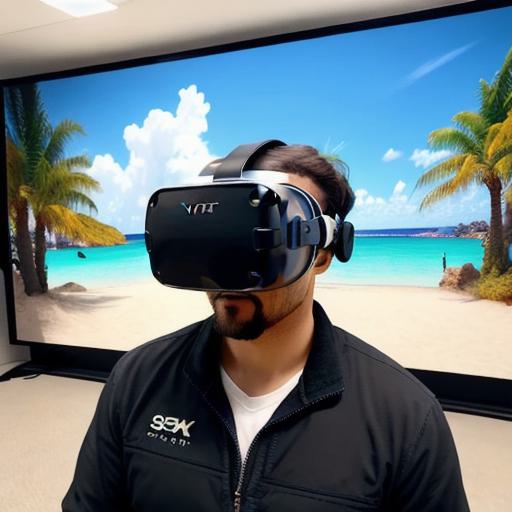
Training and simulation
VR is also being used for training and simulation in a variety of industries. For example, pilots can use VR simulations to practice flying, while soldiers can use VR to simulate combat situations. Firefighters can use VR to practice rescue scenarios, while police officers can use VR to train for high-pressure situations. In addition, VR can be used for customer service training, allowing employees to practice dealing with difficult customers in a safe environment.
Advertising and marketing
VR is also being used in advertising and marketing to create immersive experiences that capture consumers’ attention. For example, car companies can use VR to showcase their products in 3D, while real estate agents can use VR to give virtual tours of properties. In addition, companies can use VR for product testing and prototyping, allowing them to get feedback from customers before launching a new product.
Benefits of VR
There are numerous benefits to using VR in real life. One of the biggest is that it allows people to experience things they may not have access to otherwise. For example, people who are unable to travel can use VR to explore different parts of the world. In addition, VR can be used to create more engaging and interactive experiences, which can improve learning outcomes and increase engagement. VR can also be used to reduce costs by allowing companies to train employees in a virtual environment instead of in person.
FAQs
- What is the difference between VR and AR?
VR stands for Virtual Reality, while AR stands for Augmented Reality. VR creates an entirely new environment that replaces the real world, while AR adds digital elements to the real world. - How do I get started with VR?
There are several ways to get started with VR, including purchasing a headset and a computer or using a mobile device with built-in VR capabilities. There are also many games and applications available for VR that can help you get familiar with the technology. - What industries are using VR the most?
While gaming is one of the biggest industries using VR, it is also being used in healthcare, education, training and simulation, advertising and marketing, and many other industries. - Can VR be used for remote work?
Yes, VR can be used for remote work by allowing employees to communicate with each other
